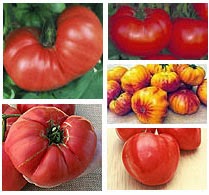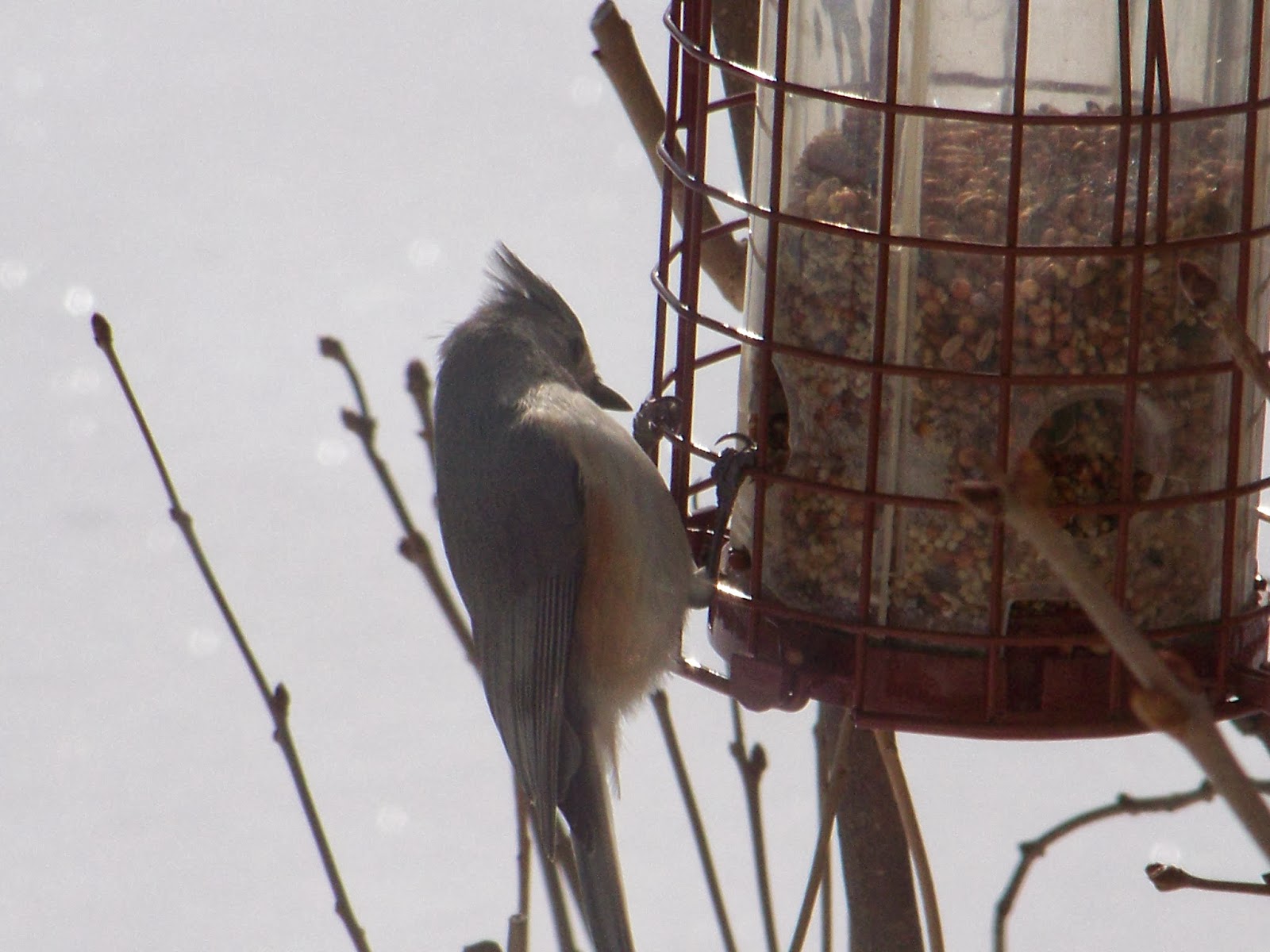Yes, you did read the title correctly; Blue Tomatoes!
Indigo tomatoes are a recent development that are now becoming available. These tomatoes contain high levels of anthocyanins, which are antioxidant pigments (found in blueberries) that give the tomato a deep bluish-purple hue when exposed to sunlight.
One source of seeds for this new family of tomatoes is the Tomato Growers Supply Company (http://www.tomatogrowers.com/).
In their 2014 catalog they offer four varieties this year:
- Indigo Apple (http://www.tomatogrowers.com/INDIGO-APPLE/productinfo/5319/)
 |
| Indigo Apple |
Indigo Apple #5319 (30 seeds) Early ripening and gorgeous dark fruit make this variety special. Heavy sets of unripe fruit show lots of purple due to the high anthocyanin level (the same powerful antioxidant found in blueberries). The stunning color is brought on by sunlight, and will eventually turn almost black. This variation of Indigo Rose is earlier and earns its name due to an especially good sweet tomato flavor. 70 days. Indeterminate.
- Indigo Blue Beauty (http://www.tomatogrowers.com/INDIGO-BLUE-BEAUTY/productinfo/5333/)
 |
| Indigo Blue Beauty |
- Indigo Blue Berries (http://www.tomatogrowers.com/INDIGO-BLUE-BERRIES/productinfo/5368/)
 |
| Indigo Blue Berries |
| Indigo Blue Berries #5368 (30 seeds) This is an amazing cherry tomato with very high levels of anthocyanin that show up as beautiful deep purple skin. Unripe fruit are amethyst colored, but ripen to almost black with a bit of brick red on the bottom. They have a delicious, plum-like flavor and are quite easy to grow. Their appearance is striking enough to turn heads at farmers’ markets or become the centerpiece of a home garden. 75 days. Indeterminate. |
 |
| Indigo Rose |
Indigo Rose #5301 (30 seeds) This is the original “blue” tomato released in 2012 by Dr. Jim Myers at Oregon State University. He used conventional breeding methods to get its dramatic purple color by drawing on a substance found in wild tomatoes from Peru and the Galapagos Islands. The substance is called anthocyanin, and it is a powerful antioxidant that protects us against disease and early ageing. Indigo Rose develops a dark purple skin wherever the fruit is exposed to direct sun, but it needs to ripen fully to develop good flavors. It is not ripe until the fruit softens, the bottom turns from green to red, and the flesh is deep red. Expect an abundance of these very beautiful 1 to 2 oz. deep purple fruits with rosy undersides and deep, brick red flesh. Indeterminate. 75 days.
Another new vegetable you may be interested in, Peppermint Stick Chard, available from Rennee's Garden (http://www.reneesgarden.com/seeds/packpg/veg/chard-peppermint.htm).
This chard is named for it's beautiful two-toned stalks. This chard can be used in both ornamental and edible gardens. For those of you unfamiliar with Swiss chard, it's tender young leaves can be used in a salad, and the large mature leaves are very similar to spinach. I grow Swiss chard every season and will be sure to try this variety. I have better luck growing Swiss chard than I do spinach. Swiss chard seems much more hardy and you will get a continuous crop all season long as it grows back quickly after cutting.
In my next post I will talk about another new development in tomatoes, grafted tomatoes.
Thank you for reading.
 |
| Peppermint Stick Chard |
This chard is named for it's beautiful two-toned stalks. This chard can be used in both ornamental and edible gardens. For those of you unfamiliar with Swiss chard, it's tender young leaves can be used in a salad, and the large mature leaves are very similar to spinach. I grow Swiss chard every season and will be sure to try this variety. I have better luck growing Swiss chard than I do spinach. Swiss chard seems much more hardy and you will get a continuous crop all season long as it grows back quickly after cutting.
In my next post I will talk about another new development in tomatoes, grafted tomatoes.
Thank you for reading.












































